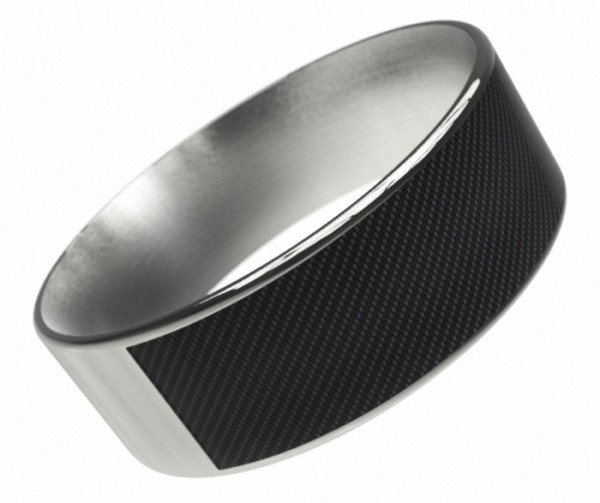Rings have long been a part of the most popular jewelry manifestations. However, a new project now aims to change the way rings work. A KickStarter campaign is proposing an NFC ring which can unlock doors and smartphones.
The campaign proposing the said NFC ring has proved to be wildly successful on KickStarter. It has raised more than £150,000 whereas the original goal of the campaign was to garner £30,000 in 30 days. Given that there are still 11 days to the expire of the campaign, we can safely assume that the total number may go well beyond £200,000.
So how does the NFC ring work? It comprises of two parts : private and public. To utilize the two parts of the information, users can perform two different gestures. When accessing the public part of the ring, a user simply need to do a fist-bump. In order to access the private part of the ring, all you need to do is wave your hands.
The best part about this ring is that it never needs recharging. So you can actually wear it as a jewelry item. Plus, the overlook and feel of the ring is really cool. The uses to which this NFC ring could be put include unlocking doors, smartphones and exchange data in other ways.
Once you get the ring, it doesn’t need any more updates. This means that you have a peace of mind and don’t need to take it off every now and then.
Source: KickStarter
Courtesy: Mashable
[ttjad keyword=”htc-phones”]





Lord of the Rings…
Sounds like a good idea at first blush, but considering that an implanted chip might be next, its a little creepy anyway.
At least with the ring, if somebody decides to mug you, they can get it off you, rather than having to cut off your finger to get your fingerprint, which was one thing I never liked about fingerprint readers and retina scanners…